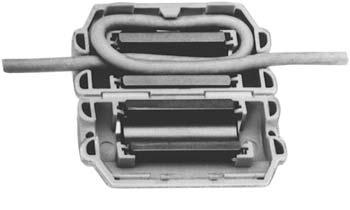Most professional audio facilities use differential audio or balanced audio within their plants. The main reason for this is noise rejection, which was discovered by the early pioneers of wired telephony back in the late 1800s. Balanced audio is created by generating two audio signals that are 180 degrees out of phase using either a transformer or an active device. These are usually labeled High and Low, + and – or something similar. Those two audio signals are then transmitted across some distance and recombined at the far end, again by a transformer or some active device.
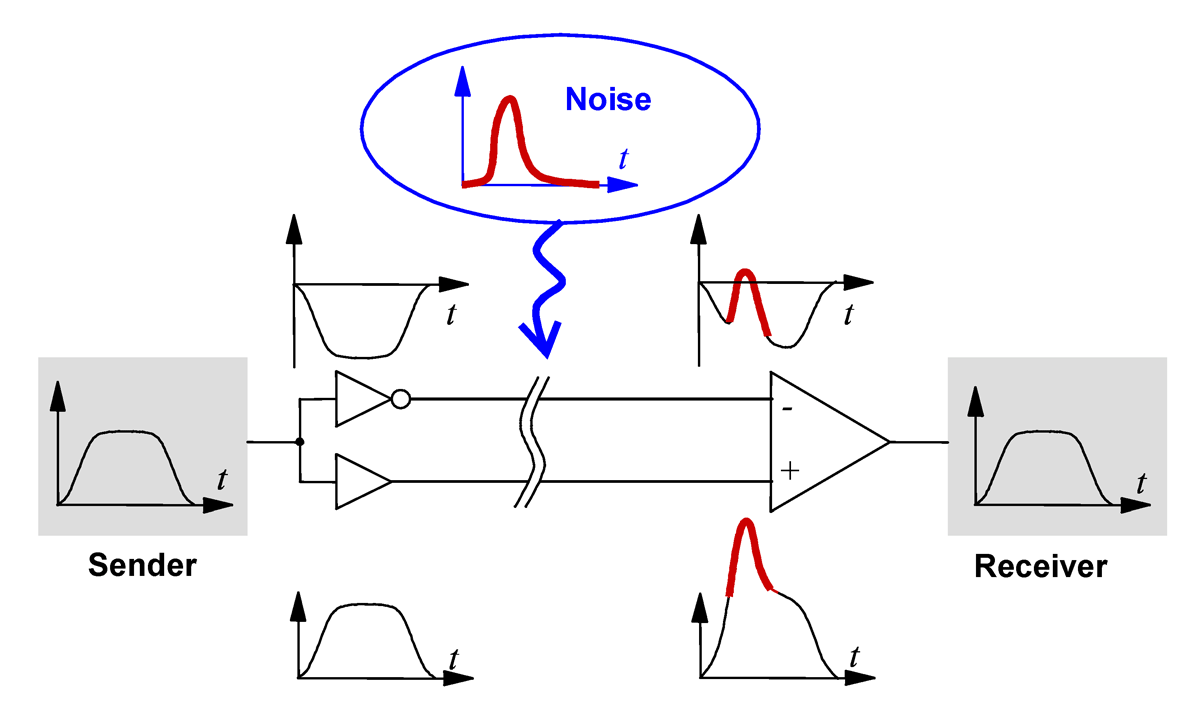
When an interfering signal is picked up, it is transmitted along both sides of the balanced audio circuit until the signals are recombined. During the re-combining process, common mode interference is canceled out, as it becomes 180 degrees out of phase with itself during the re-combining process.
Differential signaling is used in analog audio, digital audio (AES/EBU), HDMI, Display Port, USB, Ethernet, POTS lines, ISDN, T-1/DS-1, E-1, etc. It is a fairly simple concept, but one of the basic building blocks in broadcast studios.
When a studio project was completed at a disused studio/transmitter site location, a certain amount of RFI was being induced on the studio microphones by the unassociated FM transmitter in the next room. The problem with microphone-level audio is the relatively low level of microphone output, which requires a good deal of amplification. The amplifiers in this console have active balanced inputs, which might not be exactly 180 degrees out of phase. In this installation, microphone-level audio was run about 20-25 feet on a standard microphone cable then it was converted to Cat 6 cable before going into the console. It may have been better to use the shielded Cat 6 cable for the longer runs as it likely has better common mode rejection than standard mic cable. Another option might have been Star Quad cable. However, none of those things were done.
Western Electric was the manufacturing arm of Bell Telephone. In their day, they made some really good equipment. One such piece is the WE-111C repeat coil. These can be configured for either 600/600 ohms, 600/150 ohms, 150/150 ohms, or 300/300/300/300 ohms impedance ratios. Since this is microphone-level audio 150/150 ohms is the appropriate setting.
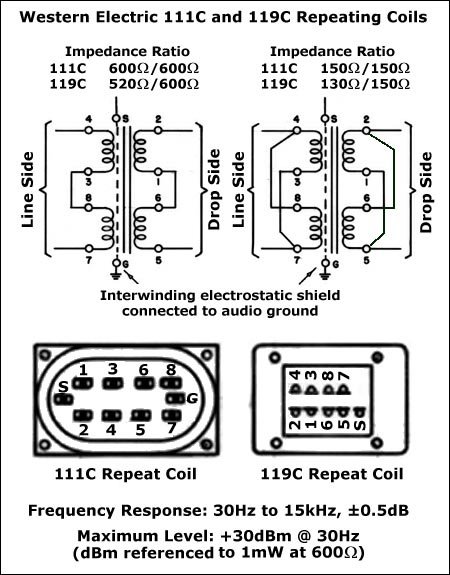
Over the years, I have found many of these transformers discarded at various transmitter sites and studios. There are five microphones feeding this console. I mounted five of these coils in a sturdy metal enclosure and wired them with RJ-45 jacks to be compatible with the Studio Hub wiring equipment used in this studio installation. I also grounded each unit to a piece of copper strap, which is connected to a grounding lug on the side of the unit.
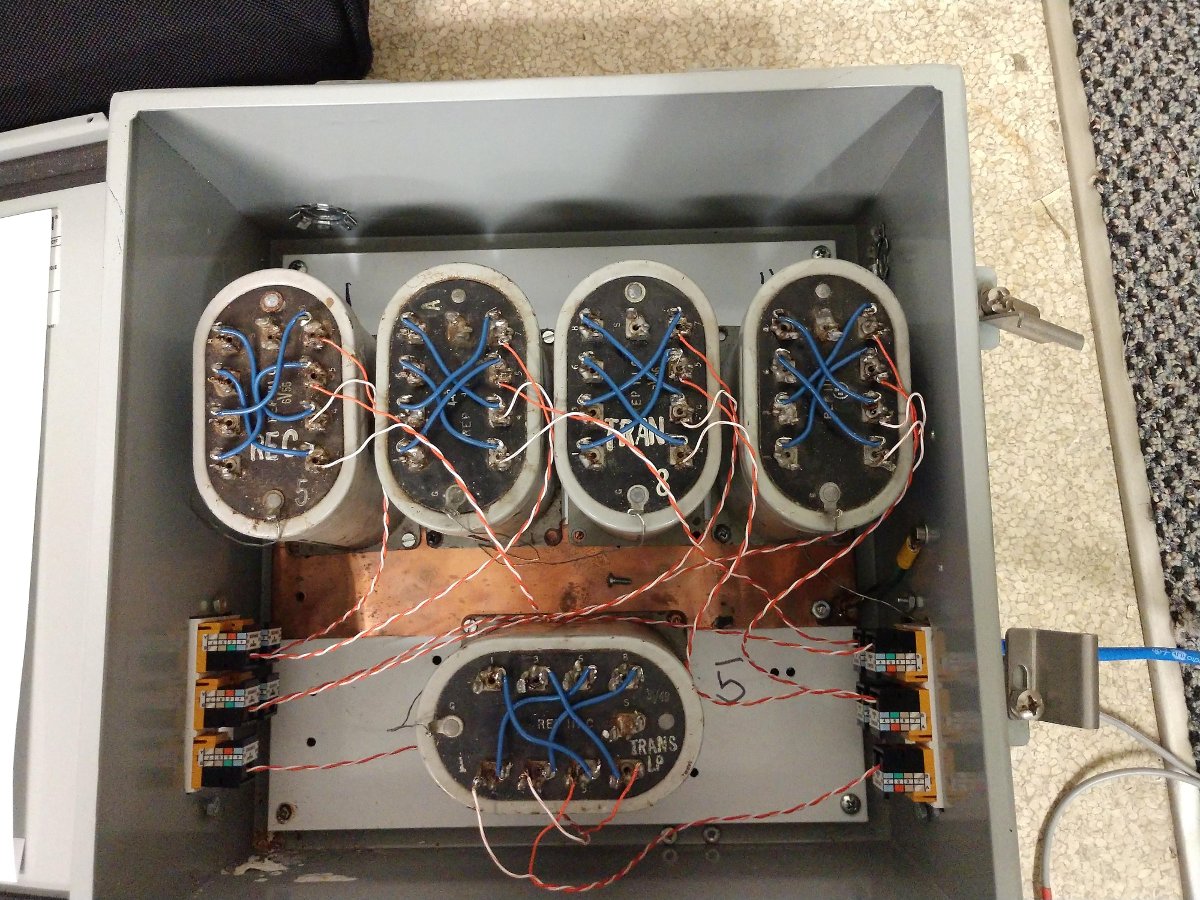
I swept the coils from 20Hz to 20kHz:
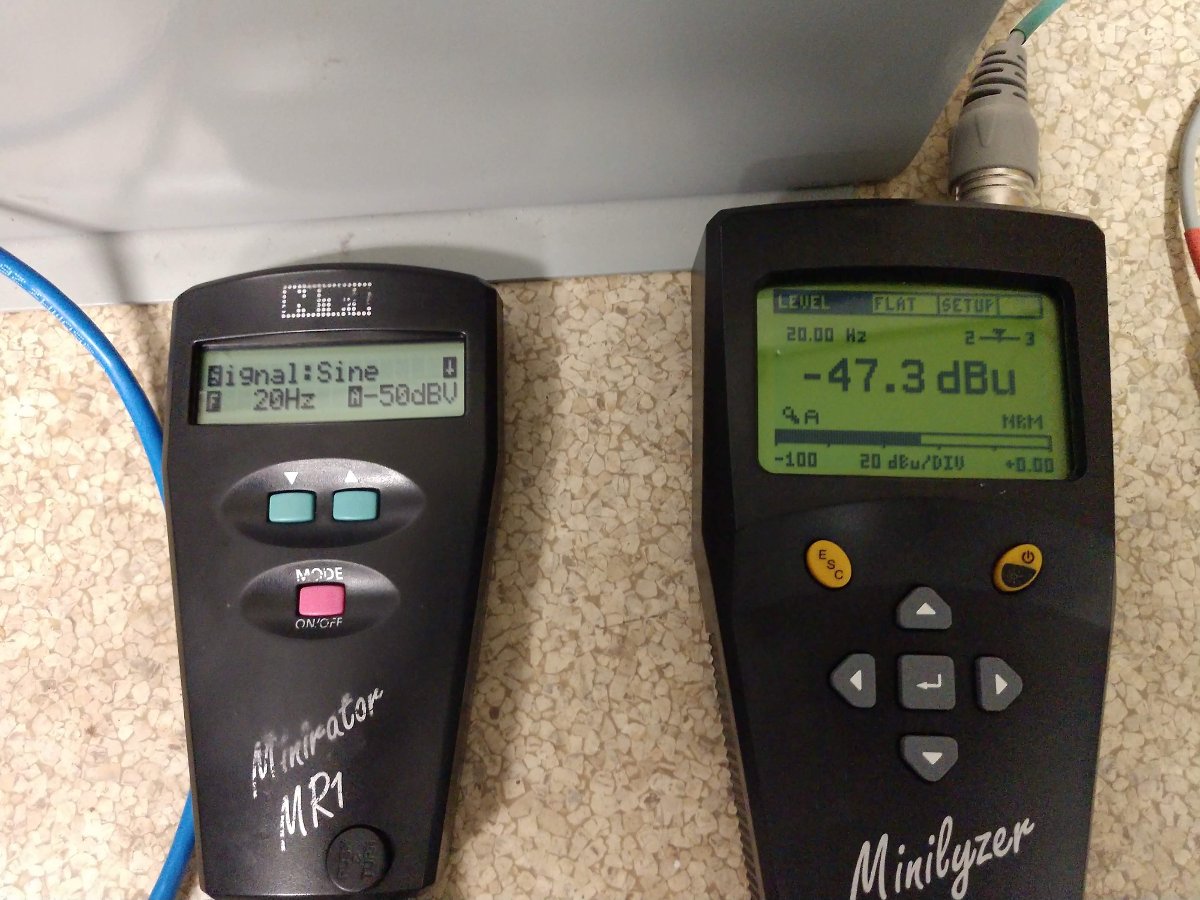
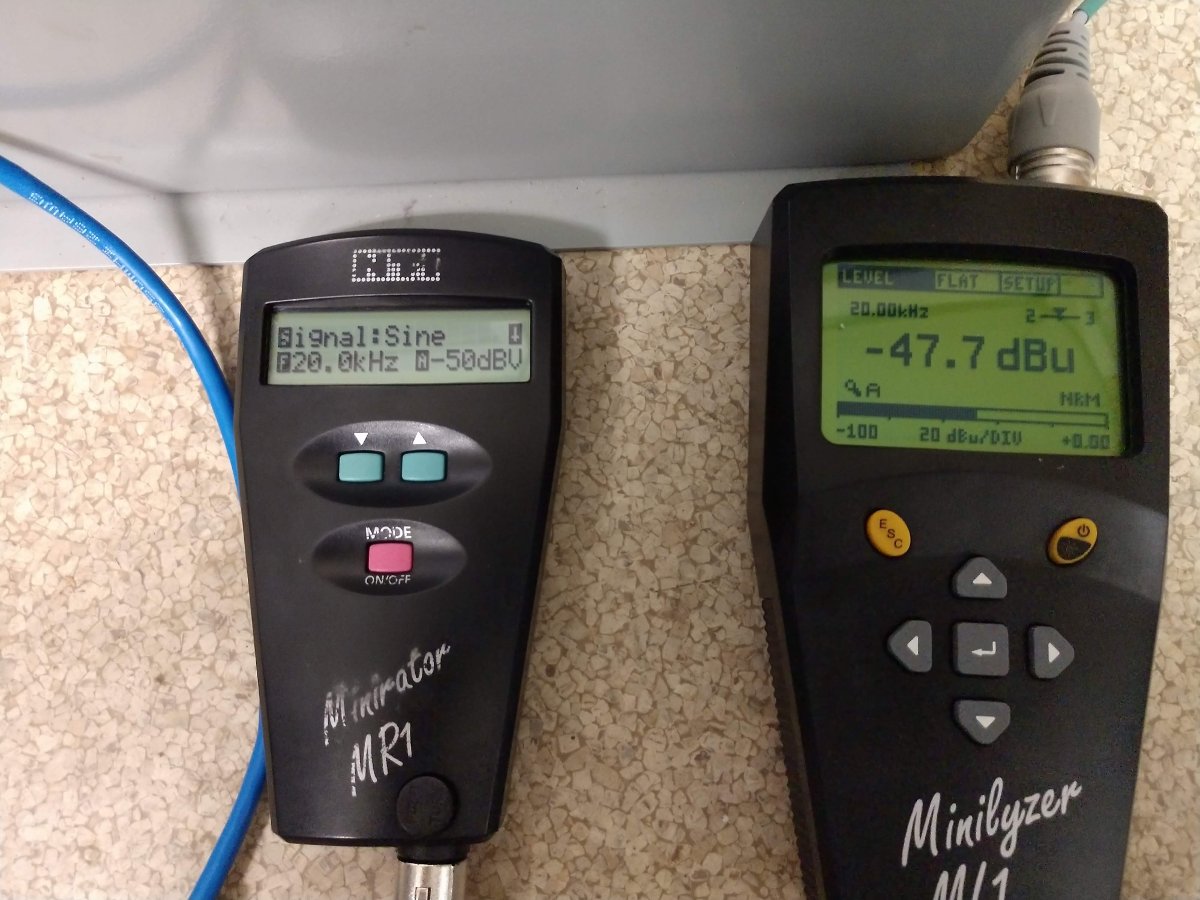
This shows a 0.4 dB difference from 20 to 20,000 Hertz, thus they are all nearly flat which is a pretty cool feat of engineering. I would estimate the age of these transformers is between 50 to 60 years old.
These coils isolate each microphone from the microphone preamp in the console. This completely eliminated the FM RFI and solved the problem.

